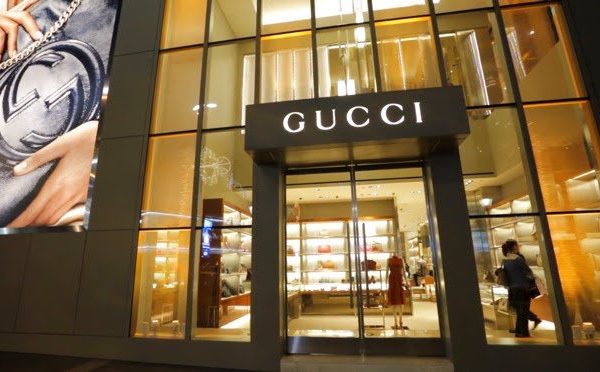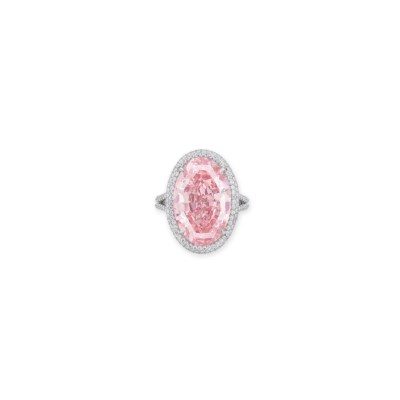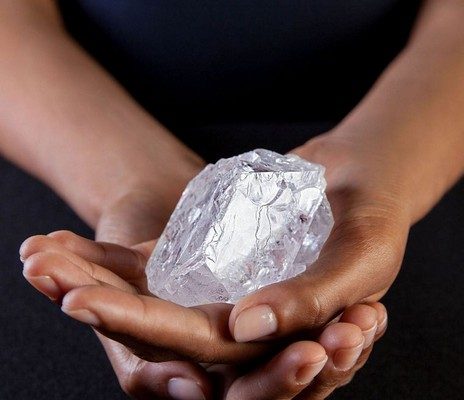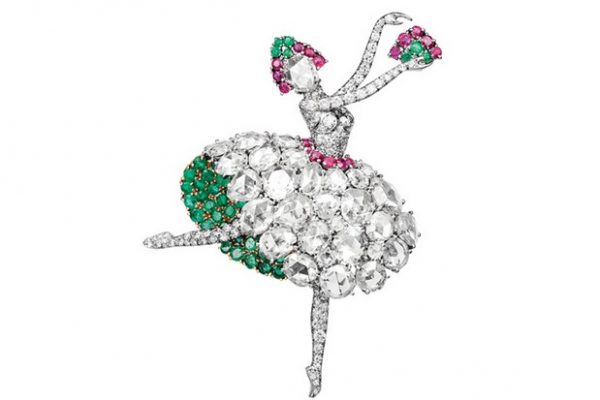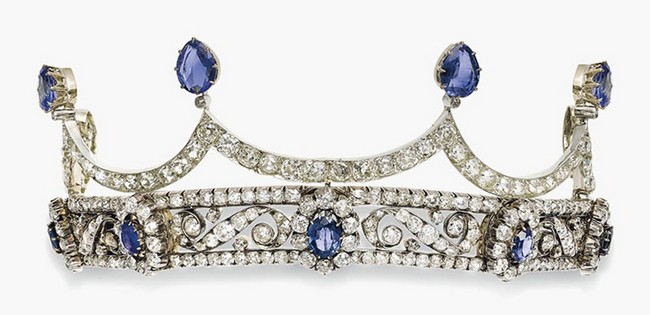
‘Jewels play numerous and diverse roles in our lives,’ writes Francois Curiel. ‘They have been coveted by the most memorable names in history, heroes and villains, famous lovers, glamorous stars, distinguished families, commanding dynasties.’
Sold at Christie’s in 1894, 1959 and 1961
Marie-Louise, Archduchess of Austria, niece of Marie Antoinette, second wife of Napoleon and mother of his son, the King of Rome, is as unpopular today in France as she was two centuries ago. Her marriage to Napoleon in 1810 marked the beginning of the end of the Emperor’s glory. Indeed, many blamed her for contributing to his downfall.

A pair of 19th-century sapphire and diamond brooches. Estimate: SFr55,000-75,000. This lot is offered in Geneva Magnificent Jewels on 15 November 2016 at Christie’s in Geneva

A 19th-century sapphire and diamond bracelet. Estimate: SFr25,000-40,000. This lot is offered in Geneva Magnificent Jewels on 15 November 2016 at Christie’s in Geneva.
Sold at Christie’s in 1981
The Cambridge Lover’s Knot tiara was made in the early 19th century, possibly in Germany, for Princess Augusta of Hesse Cassel, Duchess of Cambridge. It passed to her daughter, the Grand Duchess of Mecklenburg Strelitz, and her great granddaughter, Princess Jutta of Montenegro, before its sale at Christie’s in 1981.

The Cambridge Lover’s Knot tiara was created at the beginning of the 19th century, possibly in Germany, for Princess Augusta of Hesse Cassel, Duchess of Cambridge
A copy was made at the request of Queen Mary, who left it to Queen Elizabeth II. That copy has since been worn by Diana, Princess of Wales, and the present Duchess of Cambridge. Two other models were produced in Germany in the early 19th century. One was for Amalia of Oldenburg, Queen of Greece, which still belongs to the Bavarian royal family and is displayed at the Residenz Museum in Munich. The other, created for Princess Youssoupov, disappeared after the Russian Revolution.
Two additional models (possibly only one) of the tiara were worn in the 1900s by Princess Maria Immaculata of Saxony, Princess of Bourbon-Two Sicilies, and in the 1930s by the Maharani of Patiala. One of these two tiaras (unless, of course, there is only one) was sold at Christie’s in 1985.
Sold at Christie’s in 2008
This striking blue diamond of Indian origin is linked to three European royal families: the kings of Spain, the Holy Roman emperors and the Bavarian kings. In 1666, it formed part of the dowry of Infanta Margarita Teresa of Spain on her marriage to the Holy Roman Emperor. It came to Bavaria in 1722 when Maria Amalia of Austria married Bavaria’s prince-elector. During its long stay in the Bavarian royal treasure, the diamond was the centre of a pendant of the Order of the Golden Fleece.

The Wittelsbach diamond as it appeared at Christie’s in 2008. After purchasing it for £16.4 million, jeweller Laurence Graff had it recut to remove the small nicks on the edges of the stone
In 1931, the Royal House of Wittelsbach was forced to sell parts of the Bavarian Crown Jewels at Christie’s in London. Although it was included in the catalogue, the Wittelsbach diamond failed to reach its reserve price, and was most probably sold privately at some point after the Second Word War.
It remained in a private collection until 2008, when it was again offered at Christie’s London. Originally a 35.56-carat, Fancy Deep grayish-blue diamond of VS2 clarity, it has been recut to a 31.06-carat, Fancy Deep blue, internally flawless diamond, and renamed the Wittelsbach-Graff.




